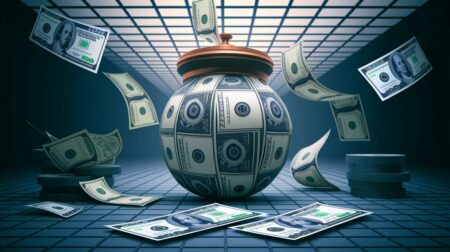Blockchain has come to be associated with cryptocurrencies, yet the technology can also assist in a variety of other endeavors. Take food tracking, for one.
The World Wide Fund for Nature has developed a blockchain-based tracking system of supply chains called OpenSC that helps you monitor the sources and origins of the food items you buy. The project’s aim, WWF-Australia says, is to “help businesses and consumers avoid illegal, environmentally damaging or unethical products.”

At a product’s point of origin such as when a fish is caught at sea, a blockchain code is assigned to it. The code is then entered into a foolproof digital ledger that records its movement along the entire supply chain.
The code can store a wealth of data on everything from when, where and how the product originated to whether it was procured in a socially and environmentally friendly manner.
“Consumers can also use OpenSC to learn more about the products they purchase. A simple example of the product in action is wild-caught Patagonian toothfish,” WWF notes. “By simply scanning a product QR code with their smartphone camera, OpenSC will show where the fish in front of them was caught, how it journeyed along the supply chain, and importantly that it comes from a certified sustainable fishery and was not caught inside an established marine protected area.”
This food-tracking system, if adopted by businesses and consumers on a large scale, will go a long way towards enabling more sustainable practices. It can also help in protecting endangered species and saving disadvantaged communities from further exploitation.
“Through OpenSC,” says WWF-Australia’s CEO Dermot O’Gorman, “we will have a whole new level of transparency about whether the food we eat is contributing to environmental degradation of habitats and species, as well as social injustice and human rights issues such as slavery.”
The system, he adds, “will revolutionise how we all buy food and other products as well, enabling more informed decision making by consumers, businesses, governments, and industry bodies.”
Did you like it? 4.4/5 (28)







